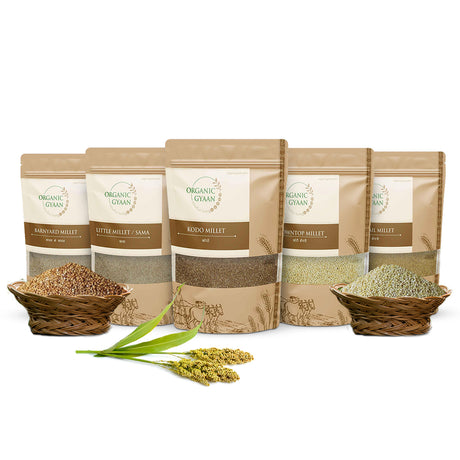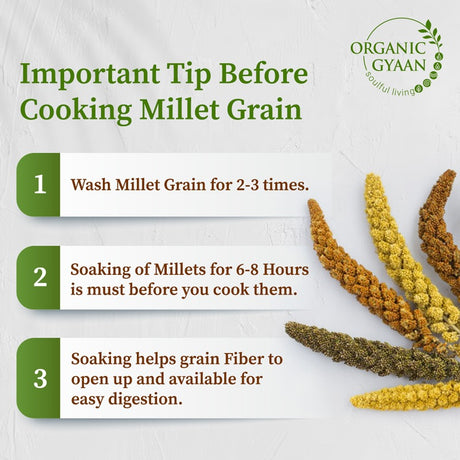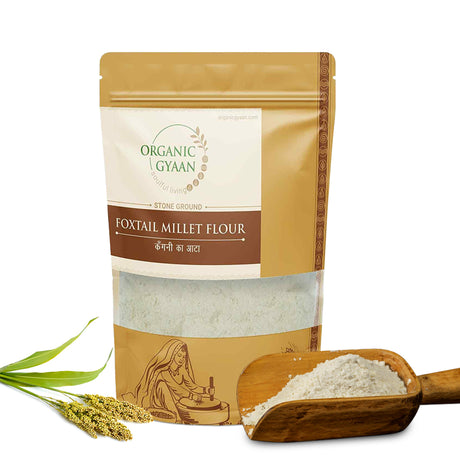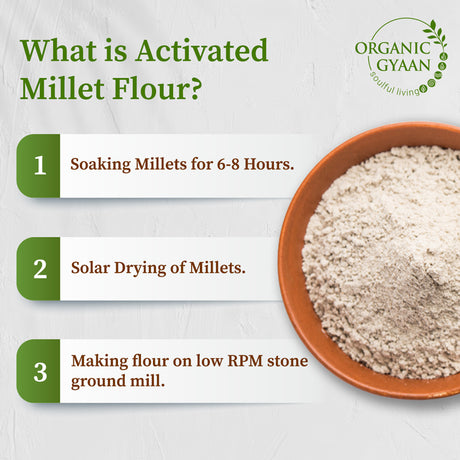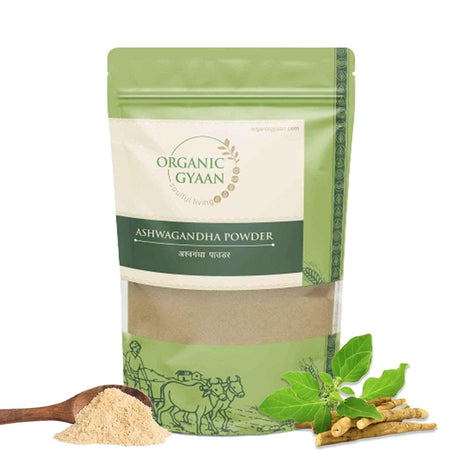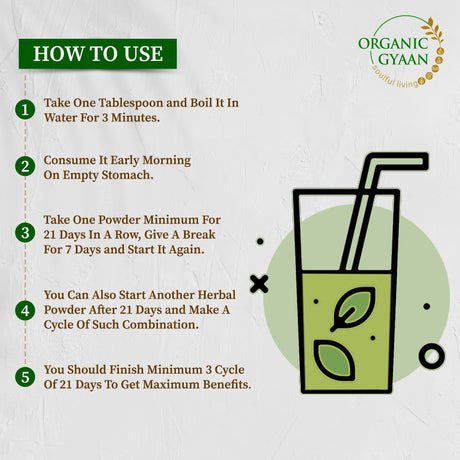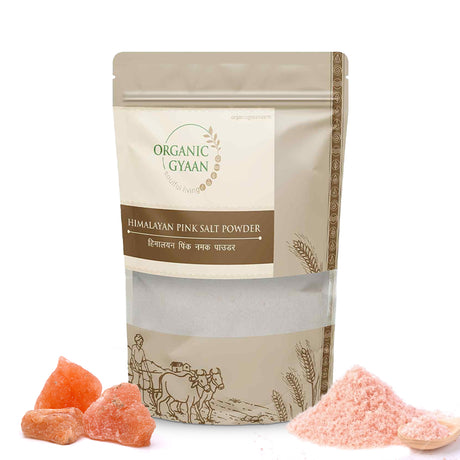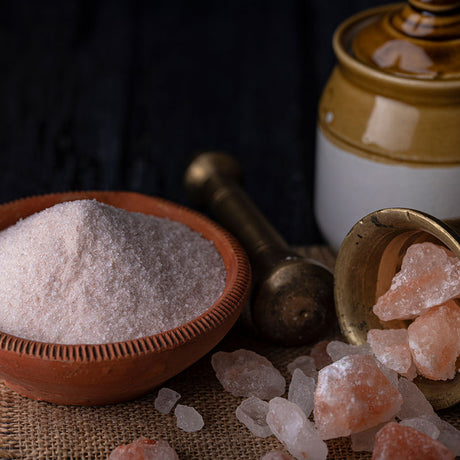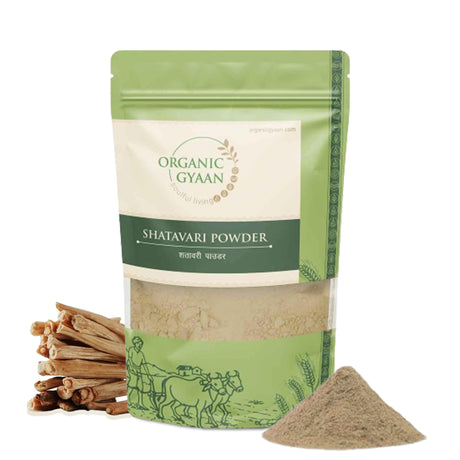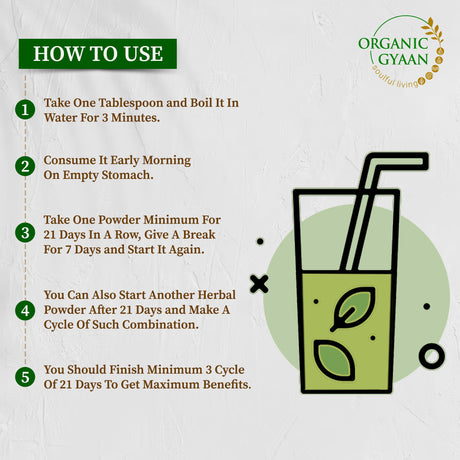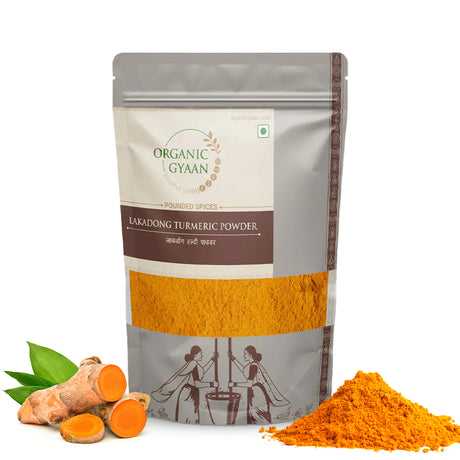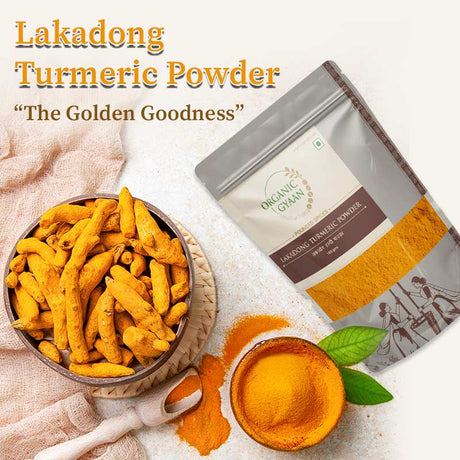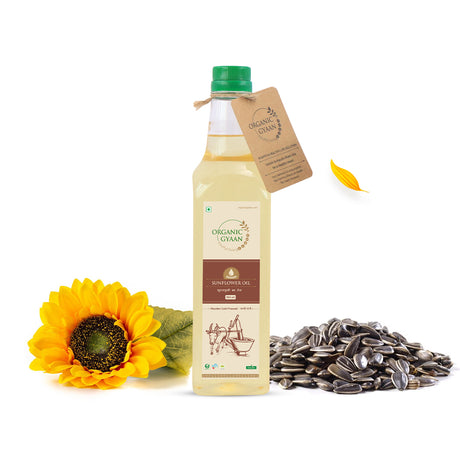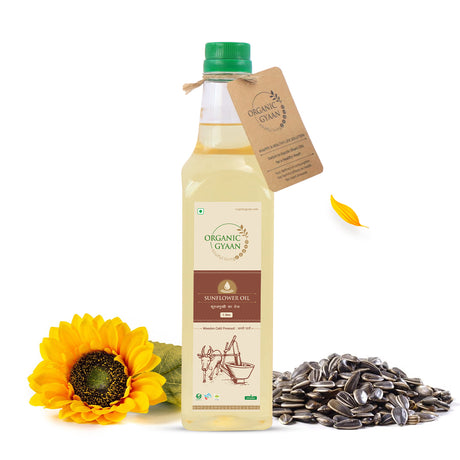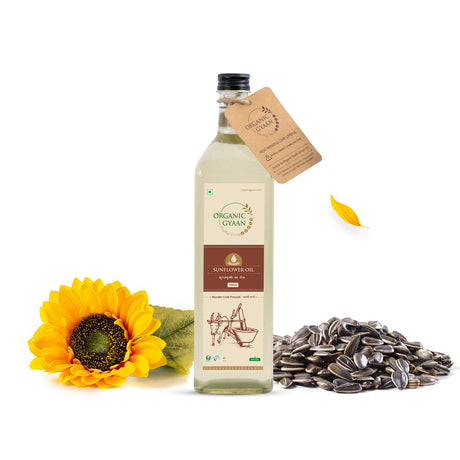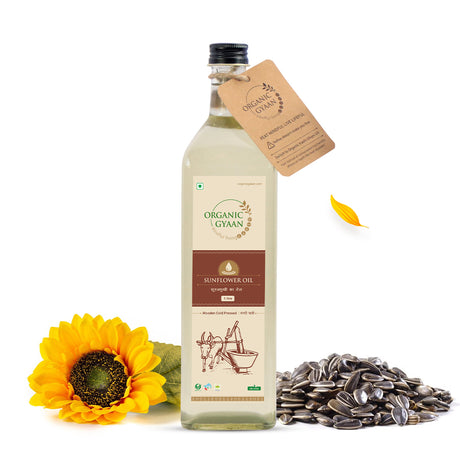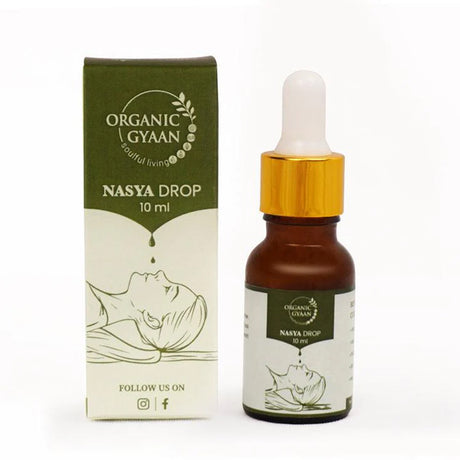Did you know that Kodo millet, a humble grain cultivated in India for over 3,000 years, is now considered one of the healthiest superfoods in the world? Once a traditional staple in Indian kitchens, it’s now being embraced by nutritionists, Ayurvedic experts, and health-conscious individuals for its powerful healing and nutritional properties.
In this blog, we’ll walk you through everything you need to know about Kodo millet—from its rich nutritional profile and science-backed health benefits to Ayurvedic insights and practical tips on how to use it in your daily meals.
Let’s explore the world of Kodo millet and discover how this ancient grain can support your modern lifestyle.
What is Kodo Millet?
Kodo millet, scientifically known as Paspalum scrobiculatum, is a drought-resistant, hardy grain that has been a dietary staple in many parts of India, especially in the southern and central regions. It goes by different names across Indian languages—‘Varagu’ in Tamil, ‘Arikelu’ in Telugu, and ‘Kodra’ in Hindi.
This millet is not only environmentally friendly due to its low water requirements, but also packed with essential nutrients, making it an ideal addition to a balanced diet.
Kodo Millet Benefits: Why You Should Add It to Your Plate
1. Supports Blood Sugar Control
One of the top Kodo millet benefits is its low glycemic index. This means it releases sugar slowly into the bloodstream, preventing sudden spikes in blood glucose levels. For people with diabetes or those managing insulin sensitivity, Kodo millet is a safe, wholesome choice.
2. Helps with Weight Loss
Trying to shed a few extra kilos? The high fiber content in Kodo millet helps keep you fuller for longer, reducing hunger pangs and unnecessary snacking. It also improves digestion and metabolism—key elements in healthy weight management.
3. Improves Heart Health
Rich in magnesium, antioxidants, and fiber, Kodo millet helps lower bad cholesterol (LDL) levels while supporting overall cardiovascular function. Regular consumption may reduce the risk of heart disease and hypertension.
4. Boosts Digestive Health
With 9 grams of fiber per 100 grams, Kodo millet supports a healthy gut by promoting bowel regularity and preventing constipation. It's gentle on the stomach and improves the absorption of nutrients from other foods.
5. Strengthens Immunity
Kodo millet is a good source of iron, zinc, and B vitamins, all of which are essential for immune function. Iron helps in the production of red blood cells, while zinc supports wound healing and fights off infections.
6. Supports Bone Health
Thanks to its calcium and phosphorus content, Kodo millet contributes to bone density and strength. It’s especially beneficial for growing children, older adults, and women during and after menopause.
7. Completely Gluten-Free
For those with gluten intolerance or celiac disease, Kodo millet is a lifesaver. It can be used as a safe and nutritious replacement for wheat or barley in most recipes.
Kodo Millet Nutrition: What Makes It a Superfood?
Let’s take a look at the nutritional value of 100 grams of Kodo millet (uncooked):
- Calories: 353 kcal
- Protein: 8.3 g
- Carbohydrates: 77 g
- Dietary Fiber: 9 g
- Fat: 4.2 g
- Calcium: 27 mg
- Iron: 1.7 mg
- Magnesium: 195 mg
- Phosphorus: 188 mg
- Potassium: 30 mg
- Zinc: 2 mg
- Niacin (Vitamin B3): 1.5 mg
-
Thiamin (Vitamin B1): 0.15 mg
This rich nutritional profile makes Kodo millet a source of high energy, protein, fiber, and essential minerals. It’s also naturally gluten-free, making it an excellent grain alternative for people with gluten intolerance or celiac disease.
Kodo Millet Uses: Traditional & Modern Ways to Enjoy It
Traditional Uses
- Kodo Millet Khichdi: A comforting one-pot dish made with lentils, vegetables, and spices.
- Kodo Millet Pongal: A soft, savory South Indian breakfast made with moong dal and tempered spices.
-
Kodo Millet Dosa/Idli: Fermented batter made using Kodo millet instead of rice, making these dishes lighter and more nutritious.
Modern Uses
- Kodo Millet Pulao: A fiber-rich alternative to rice pulao with vegetables and whole spices.
- Kodo Millet Salad: Combine cooked millet with fresh vegetables, herbs, and lemon juice for a refreshing meal.
- Porridge or Ambali: A light, fermented drink made from Kodo millet, especially popular in Ayurvedic and rural traditions for gut health.
-
Flour-Based Recipes: You can also grind Kodo millet into flour for making rotis, muffins, pancakes, and healthy snacks.
Kodo Millet in Ayurveda
In Ayurveda, Kodo millet is considered tridoshic—meaning it balances all three doshas: Vata, Pitta, and Kapha. Its dry and light qualities make it particularly useful for detoxifying the body, reducing sluggishness, and aiding digestion.
Ayurvedic texts recommend Kodo millet for those suffering from obesity, diabetes, inflammation, and sluggish metabolism. It’s believed to clear Ama (toxins) from the digestive system, making it a great grain for internal cleansing and balance.
Tips to Incorporate Kodo Millet in Your Daily Diet
- Start slow: Replace rice or wheat with Kodo millet once or twice a week to help your body adjust.
- Soak before cooking: Soaking improves digestibility and reduces cooking time.
- Ideal cooking ratio: Use 1 part millet to 2.5 parts water.
- Spice it up: Combine with flavorful ingredients to keep it interesting—like coconut, curry leaves, cumin, or lemon.
-
Use in variety: Rotate with other millets like foxtail, barnyard, or little millet for a nutrient-diverse diet.
Conclusion
Kodo millet is a versatile, gluten-free, and nutrient-dense grain that deserves a spot in your kitchen. With its ability to support blood sugar control, weight loss, digestion, heart health, and more, this ancient grain is perfectly suited for today’s wellness-focused lifestyle.
Whether you're preparing traditional dishes or experimenting with modern recipes, Kodo millet offers a simple way to eat healthier while staying connected to India’s rich culinary and Ayurvedic traditions.
Curious to try Kodo millet for yourself? Start by adding it to your next meal—try it in a khichdi, dosa, or even a salad. Notice how your body feels after a week of incorporating this wholesome grain.


